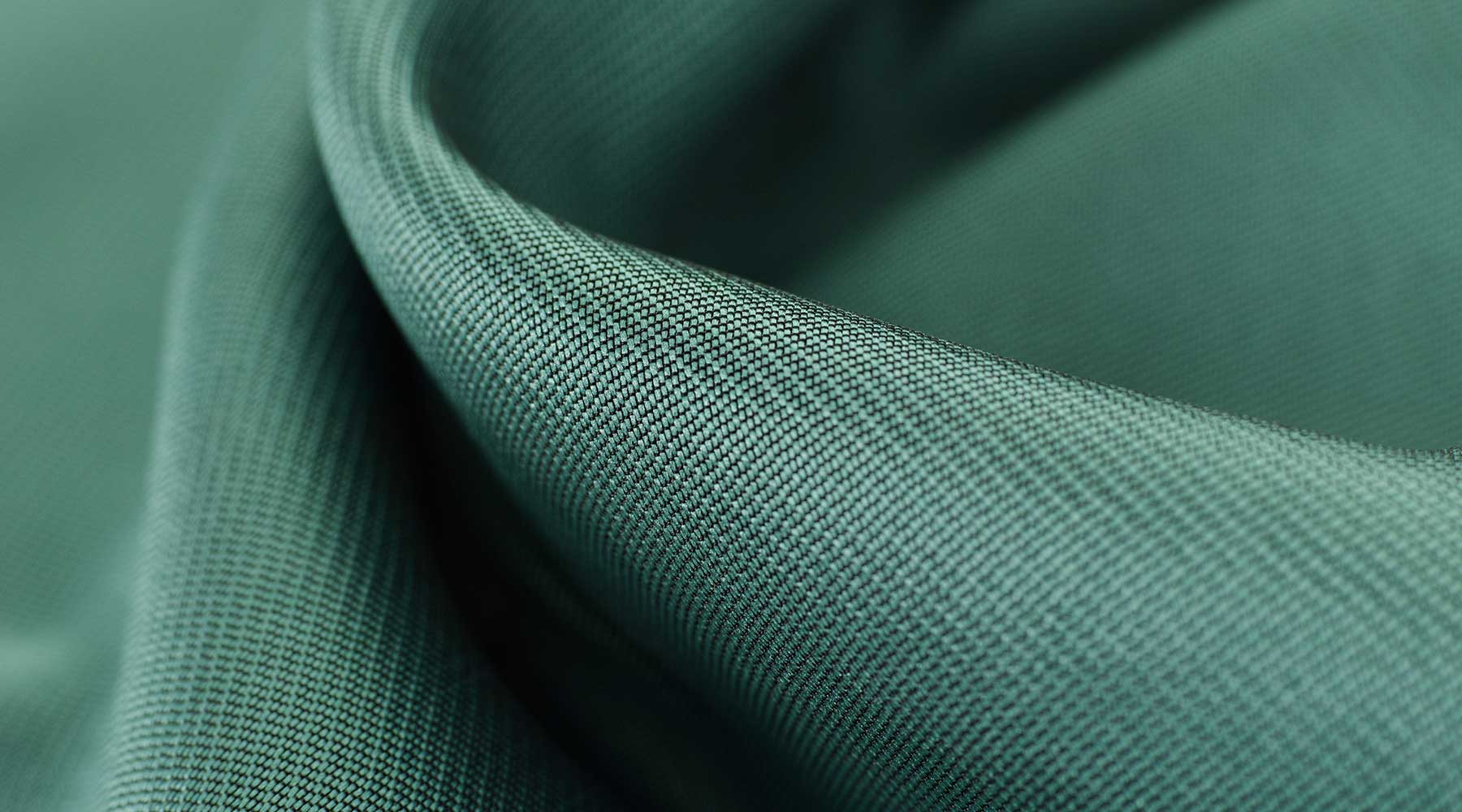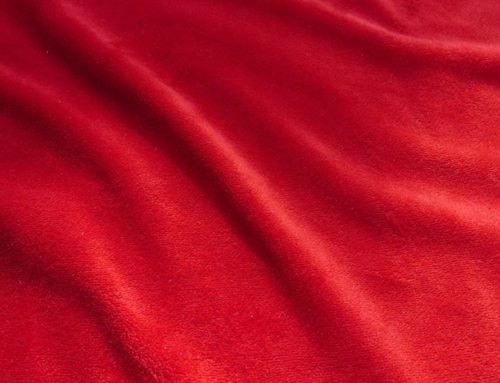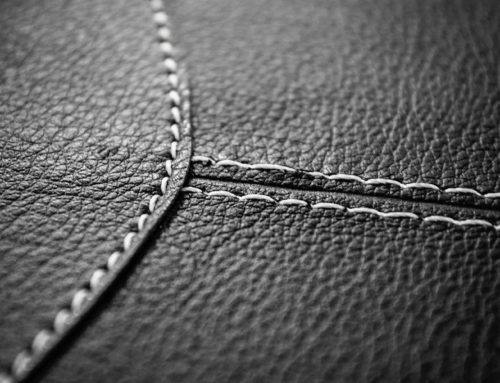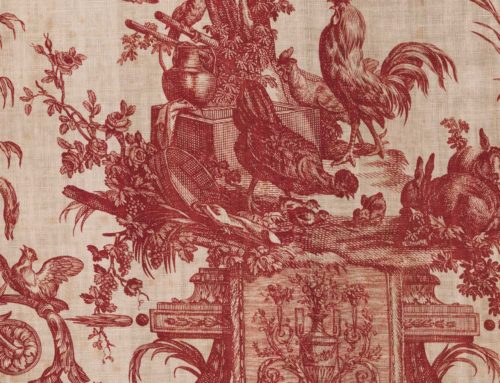Today we continue our series of blogposts covering the development of fabrics for use in upholstery, the use of different fibres, and the development of different weaves and designs. Blogpost 2 in the series covers the use of synthetic fibres that are used in upholstery fabrics (Nylon and Polyester), outlined below:
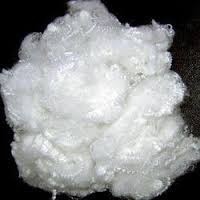
Nylon:
Developed as a replacement for silk in the 1930s, nylon is usually blended with other fibres to make very strong upholstery fabrics. Nylon combines extreme elasticity with the look and feel of silk. It is very resilient; in a blend it helps to eliminate the crushing of napped fabrics, such as velvet and chenilles. It doesn’t easily soil or wrinkle, but does tend to fade and pill.

Polyester:
Polyester is normally blended with other fibres to add wrinkle resistance, eliminating crushing of napped fabrics (such as velvets and chenilles), and reducing fading and staining. It neither stretches nor shrinks, and is vulnerable to excess heat or burns, which makes 100% polyester fabric unsuitable for general upholstery unless it is first chemically-treated with a fire retardent. Blended with other fibres it can create very useful fabrics for upholstery use, since it is both very easy to clean and does not fade.


